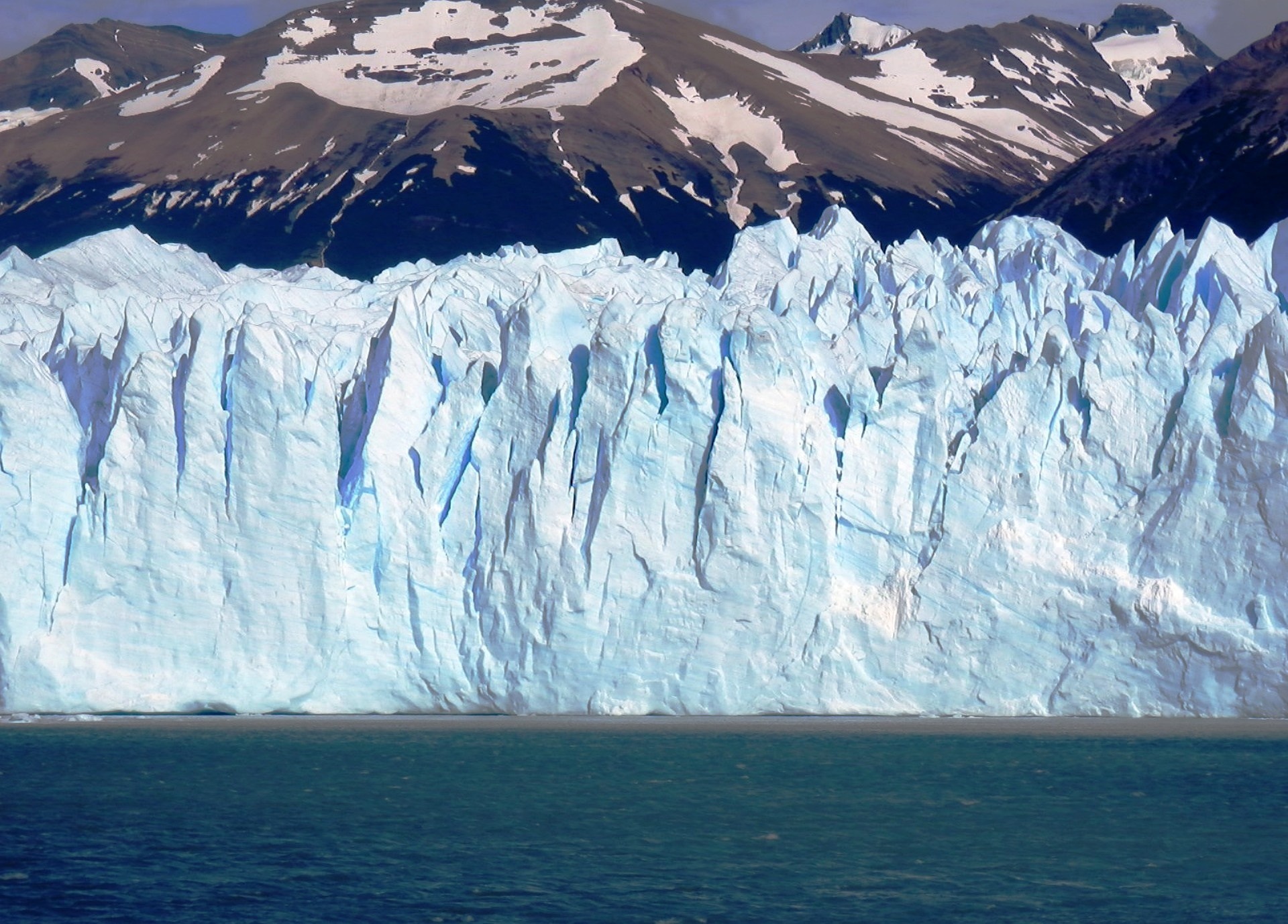
Advertisment
Glacier National Park is a stunning national park located in the U.S. state of Montana, along the Canada–United States border. It is part of the larger Waterton-Glacier International Peace Park, which also includes Waterton Lakes National Park in Canada. The park covers over 1 million acres of pristine wilderness and is known for its rugged mountains, glaciers, lakes, and diverse ecosystems.
Here are some key features and aspects of Glacier National Park:
- Glaciers: Despite the name, the park is currently estimated to have fewer than 30 glaciers, down from approximately 150 in the mid-19th century due to climate change. These glaciers are found in the higher elevations of the park and contribute to the park’s dramatic landscape.
- Going-to-the-Sun Road: This iconic scenic drive is a highlight of the park, crossing the Continental Divide and offering breathtaking views of mountains, waterfalls, and glaciers. It’s open seasonally, typically from late June to mid-October, due to heavy snowfall in the winter.
- Wildlife: The park is home to a diverse array of wildlife, including grizzly bears, black bears, mountain goats, bighorn sheep, elk, and many species of birds. Visitors often have the opportunity to see these animals in their natural habitats.
- Hiking: Glacier National Park offers numerous hiking trails ranging from easy walks to challenging backcountry routes. Popular trails include the Highline Trail, Iceberg Lake Trail, and Grinnell Glacier Trail. Hikers can experience alpine meadows, pristine lakes, and stunning vistas.
- Camping: The park provides a variety of camping options, from front-country campgrounds to backcountry campsites for those looking to explore more remote areas. Some campgrounds are reservable, while others operate on a first-come, first-served basis.
- Lake McDonald: This is the largest lake in the park and a popular destination for boating, fishing, and photography. The clear waters reflect the surrounding mountains, creating picturesque scenes.
- Red Bus Tours: Visitors can take guided tours on the park’s historic red buses, which have been a symbol of Glacier National Park for decades. These tours provide an informative and scenic way to explore the park.
- Flora and Fauna: The park is home to a wide variety of plant life, from dense forests to alpine meadows adorned with wildflowers. The diverse ecosystems support a rich array of wildlife, contributing to the park’s ecological significance.
Glacier National Park is not only a haven for outdoor enthusiasts but also serves as an important conservation area, preserving a unique and fragile ecosystem. Visitors should be mindful of Leave No Trace principles to help protect the park’s natural beauty for future generations.
Advertisement